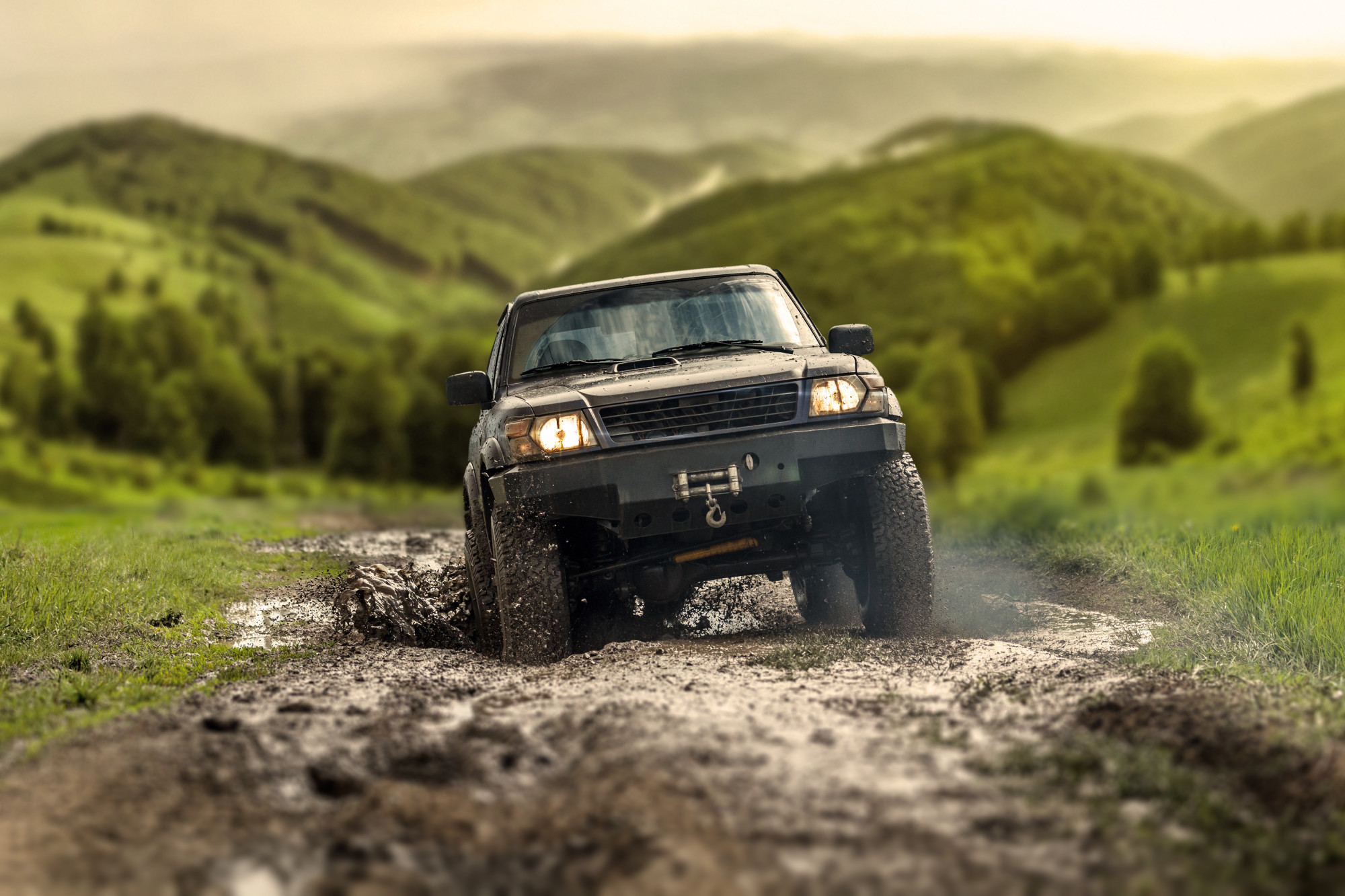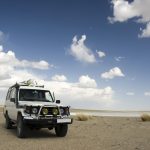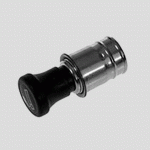The UHF and military antenna market is expecting to increase by 6 billion by 2028. The CAGR rating is also expecting to grow by 9.52% by 2028 as well.
It’s important that every off-roading novice or expert needs to equip a UHF antenna for their 4WD. This short guide will help you understand the best UHF antenna for your truck or off-roading vehicle.
The UHF Antenna
One of the biggest factors that will affect the performance of your UHF radio is the type of 4WD antenna you choose to pair with it. If you get this part wrong, plenty of problems will occur.
With a poor antenna, you’ll be bogged down with poor performance, poor range, and crackling sound. If you get this aspect right, you’ll be blessed with the best signal in your convoy.
Find Your Online Car Repair Manual Today! ->>
There are many different types of antennas offering different units and ranges. The most common antennas are 3DB and 6DB. A 3DB gives you a shorter and wider range. This can offer a different but better performance for certain circumstances than the longer more direct 6DB antenna.
3DB Vs. 6DB Antenna
The 6DB isn’t as effective in terrain with more hills varying in angles and altitudes. But, the 6DB long-range antenna gives you a better signal when navigating through open and flat terrain. This is great for open flat countryside ventures.
This is similar to spot and spread driving light beams. One can provide distance, while one is wider and gives clarity for closer distances, which is great for tighter tracks.
A 150-300mm shorter rubber antenna is great for when you are traveling in a small convoy. This antenna is great for close range, where vehicles will only travel around 1 kilometer apart.
But, an aluminum or fiberglass antenna is better if your convoy is traveling at greater distances than 1 kilometer. The function of these antennae is sturdy and can range from 1-2m in height.
Heavy-duty towing services can benefit from the various antenna.
4WD Aerials Antenna
The DBi rating will determine what aerial you choose. The rating will give you an idea of the size and type of material you choose.
The placement of your aerial is important in giving your signal and reaching longer distances. The center of your roof is an ideal location for aerial antenna placement.
But, many aerials are installed on a bull bare or the front guard. This is so drivers can have a decent signal but can easily reach or modify the aerial.
With that said, the metal structures blocking the aerial can disrupt communication. Once you secure your antenna you must make sure the coax cable is tightly fit beside your aerial.
Best UHF Antenna
Varying antenna installments are offering many different types of ranges and durability. The terrain and purpose of your trip can offer a variety of options.
You can also try different multi-antenna combinations, or have one driver in the convoy with a longer signal. When you’re out on the tracks and encounter an emergency, it’s important to have the best UHF antenna to help reach someone to help.
Follow our blog for more information on how to upgrade and get the best out of your UHF antenna.







